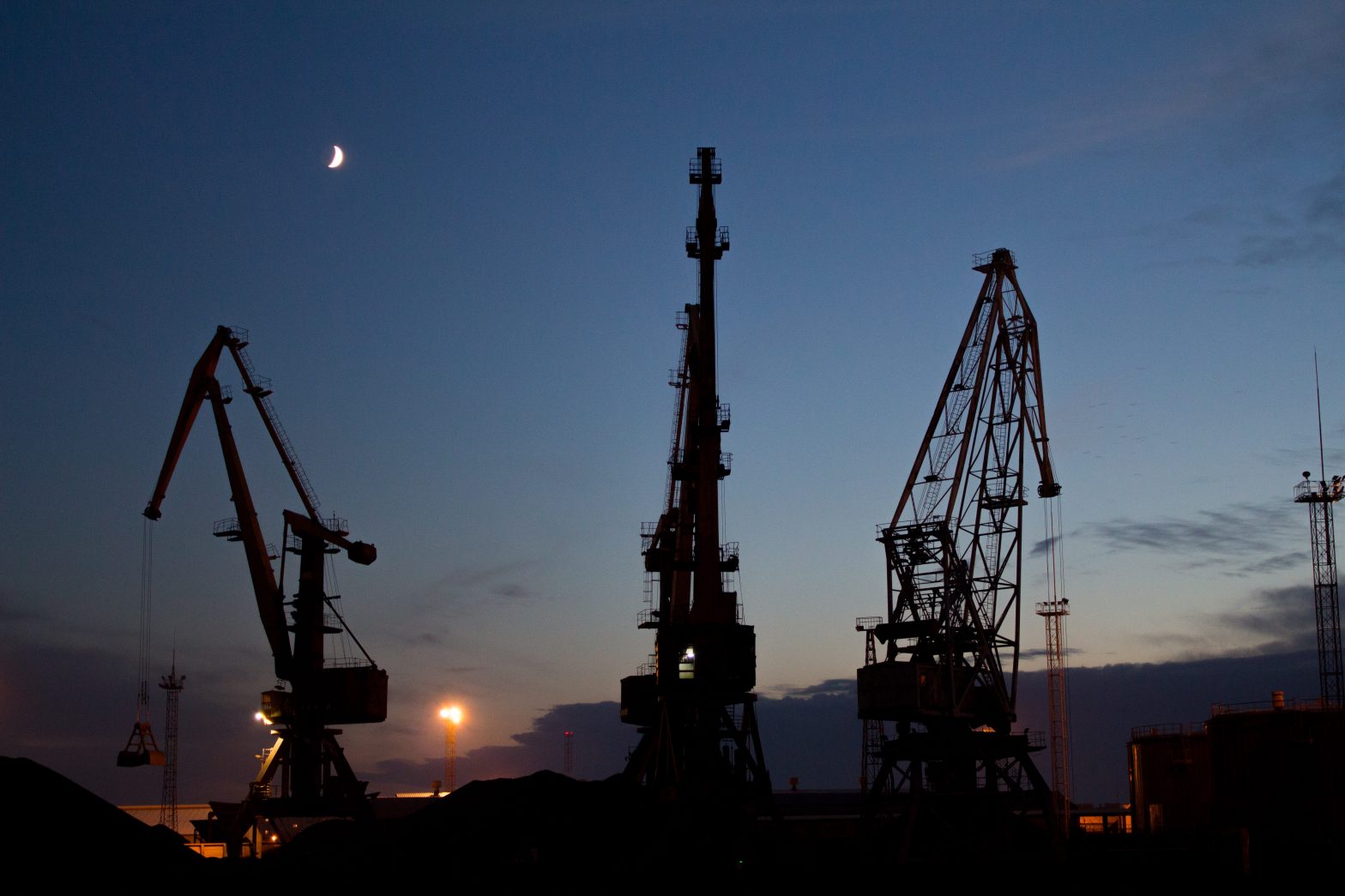Peter Drucker famously said, “If you can’t measure it, you can’t manage it”. In the pursuit to reduce methane emissions from the oil and gas supply chain, we know that methane leakage is difficult to quantify, our current inventories are flawed, and measurement-reporting-verification (MRV) requires dedication from our industry and policy makers to track impact and progress.
However, despite our lack of accurate inventories, we already understand pretty wellhow to manage our methane emissions. To have a moonshot at meeting our climate commitments over the next decade, we don’t have time to get inventories perfect and then work backwards towards a solution. We need better tools and indicators for implementing, incentivizing and tracking performance faster and smarter than MRV can do alone.
The oil and gas industry has looked to the evolution of Corporate Safety Culture as a clear analogue for how we must work to address methane abatement – particularly by learning from each other in the industry, a reworking of priorities that stopping a leak must come ahead of keeping a well online, and building a framework of corporate top-down managerial support expressed not just in rhetoric but in employee compensation and operational budgets. Many of the same key management strategies for reducing injuries and fatalities apply to reducing methane emissions, such as employee involvement, structured monitoring of incidents and breakdowns, training and competence, improving internal comms, managerial compensation tied to reductions, and tracked compliance with procedures.
Key to this comparison is also that high level KPIs such as a corporation’s total methane emissions or methane intensity – much like the number of fatal accidents or time lost– are lagging indicators. Effective safety analysists realized they need to break down these metrics into more granular leading indicators to truly drive improvements, such as:
- reported of incidents
- equipment breakdowns,
- operator to equipment oversight ratio,
- external fitness assessments,
- average time to resolution of risks/issues,
- percent of management trained,
- and employee perception of managerial commitment.
Emissions reporting has been a norm for North American Oil and Gas operators for going on a decade through the GHGRP and the UNFCCC. However, this alone has done little to effect true reductions, and the exercise of regulatory accounting has been reduced to mere box checking by companies with much bigger things to worry about. The risk of climate numbers or carbon intensities also being reduced to a number on a balance sheet or PR headline has the risk of being manipulated with carbon offsets and gamed with choice of emission factors. Investors, insurers, gas buyers, and stakeholders should care about the details of emission reductions not just the number.
MiQ has generated a global Performance Standard for Methane Emissions to deliberately break down emission reduction into key metrics that apply to nearly all operating basins and segments of the natural gas supply chain so a key stakeholder or gas customer can quickly judge how leak free is their gas. With the MiQ Standards, stakeholders can easily determine:
- Did the operator do everything they can to eliminate major sources from flaring, tanks, and engine slip?
- How frequently are they monitoring their whole asset or footprint?
- Do they have targeted reduction programs in place and how do they plan to achieve that?
- Are their operators and management trained, competent, and have the tools to support emission management?
Without a doubt MRV through measurement-based inventories are at our fingertips, and reporting-based voluntary protocols are a critical lever for reducing emissions. But until the hard work of understanding WHERE your emissions are coming from, WHAT your weak points are, WHO in your organization is best equipped to manage them day by day, HOW much capital you need to spend to engineer a leak-free system is complete – we need to fund, embrace and reward performance based metrics and tracking to get us through the next decade.
